Since each termite species behaves differently and causes a different level of damage, it helps to know which type is attacking your home. With proper identification, you’ll have a better shot at spotting a termite infestation.
This blog on termites in Arizona will look at the following:
- How common are termites in Arizona?
- What do desert subterranean termites look like?
- How to prevent a desert subterranean termite infestation
- What do arid-land subterranean termites look like?
- How to prevent an arid-land subterranean termite infestation
- What do western dry wood termites look like?
- How to prevent a western dry wood termite infestation
How Common are Termites in Arizona?
Termites exist across the Valley, thriving in colonies. Studies show that there are at least three to five termite colonies per acre of land in Arizona. Colonies typically consist of more than 100,000 termites per colony. With such large populations, Arizona homes and businesses are at high risk of termite problems.
What Do Desert Subterranean Termites Look Like?
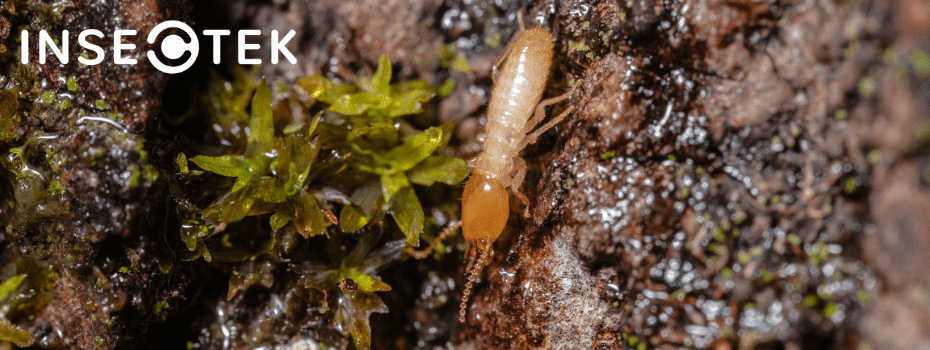
Each termite is part of a group, or caste, depending on what job it does for the colony. As with most species, we can identify castes by appearance and size: Workers are cream-colored, reproductives, whose job is to reproduce are yellowish-brown and typically have wings, and soldiers are larger with protruding mouthparts.
Subterranean Termite Behavior
Unlike other termite species, desert subterranean termites live in dry conditions, which makes them well-suited for Arizona’s arid landscape. They’re also unique because they build tubes that hang from the ceiling, some as long as 6 to 12 inches.
Because of their small size, they can penetrate smaller cracks in concrete and masonry that are too narrow for foragers of other subterranean termites. Signs of infestation include damaged wood that’s soft and honeycombed in appearance, with hollow sections packed with mud and partially digested wood.
Read More: What do Termites look like?
How to Prevent a Desert Subterranean Termite Infestation
Be aware of the following indicators of desert subterranean termites:
- Earth-to-wood contact. Keep wood at least 12 inches off the ground and any woodpiles away from walls of homes or other structures.
- Dead cacti. Remove dead cacti if near your home or business because, in a testament to desert living, termites can turn an old, dead cactus into an ersatz apartment.
- Ground moisture. Be aware of puddles, leaky pipes, or air conditioners. Many types of termites in Arizona swarm in moist areas during monsoon season.
- Foundation cracks and seams. Seal any entry points in your home’s walls, doors, and windows. Desert subterranean termites are smaller than most other species and can enter into compact openings.
What Do Arid-Land Subterranean Termites Look Like?
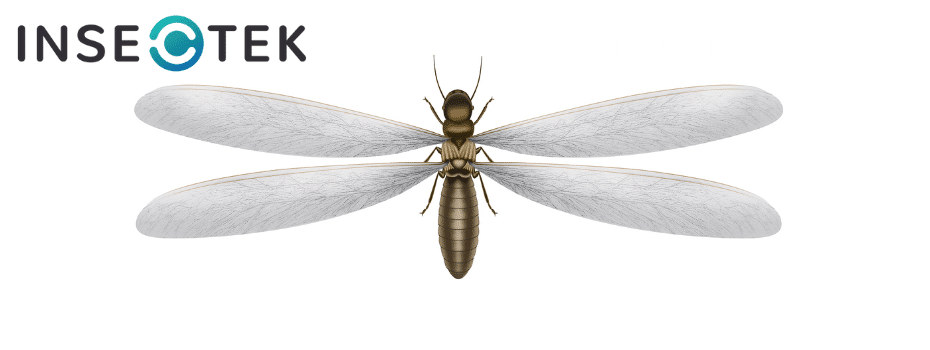
Chances are you’ve seen an arid-land subterranean termite before because they’re the most common termites in Arizona. Their color ranges from deep brown to black, and they have translucent wings. But their appearance can differ slightly, depending on their caste. Soldiers have long mandibles, and workers are lighter in color.
Arid-Land Subterranean Termite Behavior
Arid-land subterranean termites, specifically the workers, spend most of their time foraging for wood. They’re believed to be the most damaging termites in Arizona. Despite this, they aren’t as detrimental to homes as other subterranean termites. They typically attack greasewood and creosote.
How to Prevent an Arid-Land Subterranean Termite Infestation
- Damp dirt. Ensure areas near your home or business are well-drained.
- Moist decaying wood. Dispose of wood piles both sitting in and outside of the house. Take out the trash frequently to avoid a pile-up of decaying material.
- Creosote bush. Also called greasewood. If you live near these, be on the lookout for arid-land subterranean termites. Once it runs out of creosote to feed on, it could attack your home or other timber structures.
- Canyons, rivers, and high altitudes. If you live in or near one of these habitats, it’s especially critical that you familiarize yourself with these termites.
What Do Western Drywood Termites Look Like?
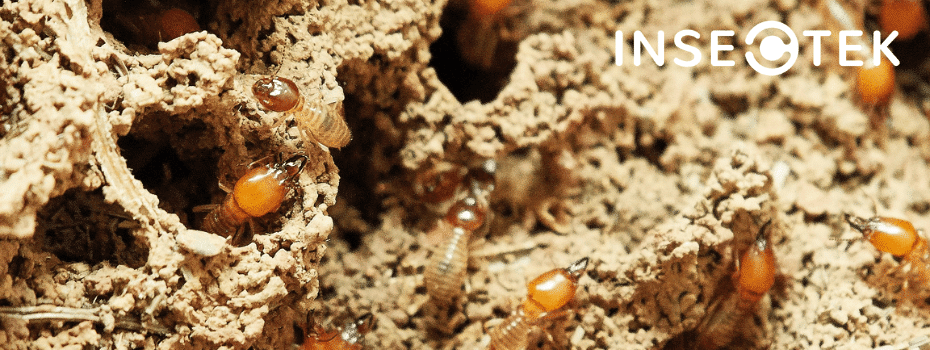
Western dry wood termites are the most common species of dry wood termites in the Southwestern U.S. They have a dark brown abdomen with an orange-brown head, white eyes, and smokey-black wings. Soldiers have brown heads and mouthparts that extend out far from their head.
Western Drywood Termite Behavior
Western dry wood termites exhibit behaviors different from other termites. They don’t live underground or build mud tubes; instead, they live in non-decayed wood with little moisture content.
They eat wood between the wood grains and cause a lot of damage due to forming multiple colonies in one structure. Another unique thing about western dry wood termites is that they lack a worker caste— typically performed by nymphs before full maturity.
How to Prevent a Western Drywood Termite Infestation
- Scrap and firewood. Keep scrap or firewood at least 20 feet from your home.
- Moving furniture. Carefully inspect all furniture before bringing it inside your home. Drywood termites might just be hitching a ride.
- Foundation cracks and seams. Seal up cracks that could allow bugs or other pests in your home.
- Cellulose. These termites, as well as many other species, will eat anything containing cellulose. That includes wood and things like carpet, cardboard, and sheetrock. Be aware of possible indicators of termites in these materials.
Published On: December 4, 2020
Updated On: March 23, 2023



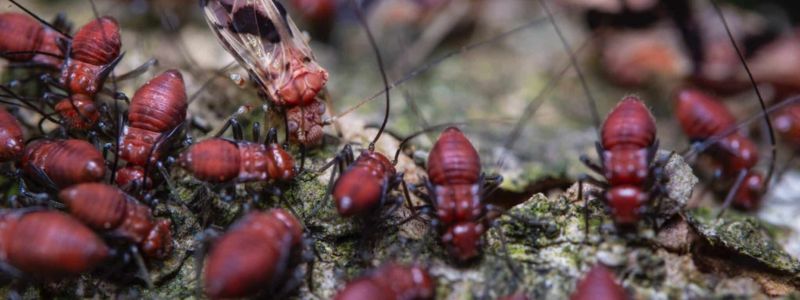

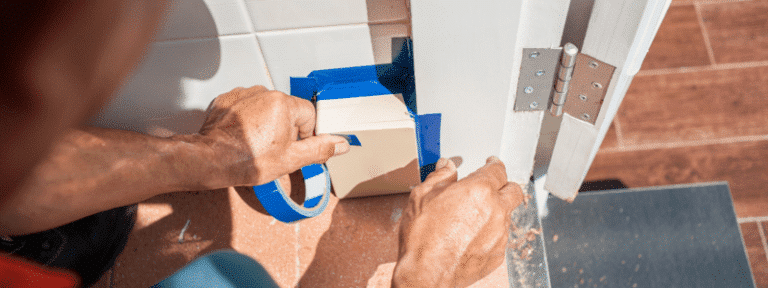

Leave a Reply
You must be logged in to post a comment.